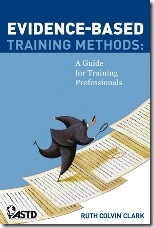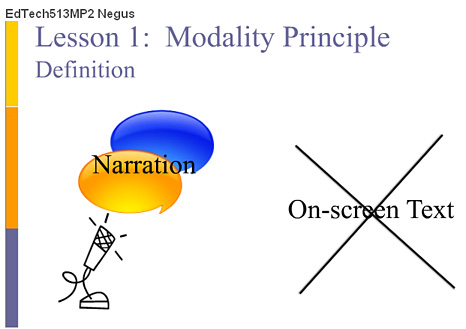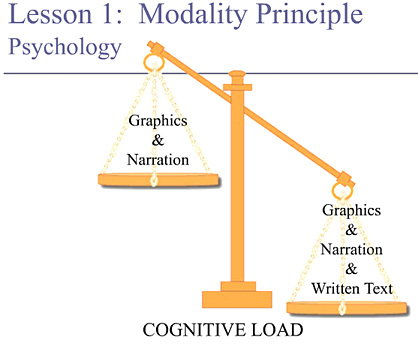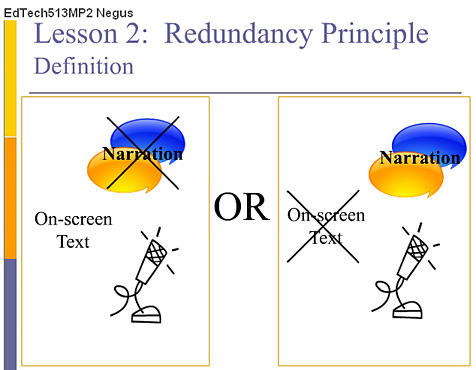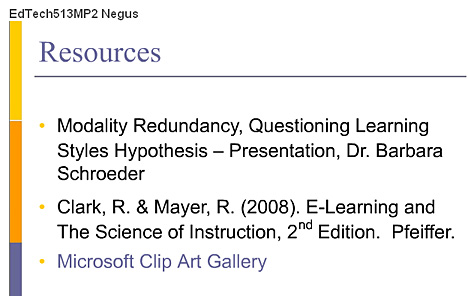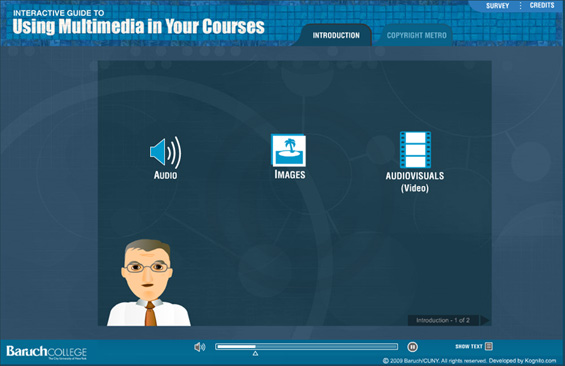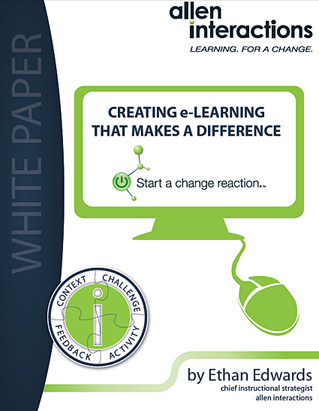20 facts you must know about working memory — from The E-Learning Coach
Excerpt:
The Basics
- Working memory used to be called short-term memory. It was redefined to focus on its functionality rather than its duration.
- Working memory can be thought of as the equivalent of being mentally online. It refers to the temporary workspace where we manipulate and process information.
- No one physical location in the brain appears to be responsible for creating the capacity of working memory. But several parts of the brain seem to contribute to this cognitive structure.
- Working memory is characterized by a small capacity. It can hold around four elements of new information at one time.
- Because learning experiences typically involve new information, the capacity of working memory makes it difficult to assimilate more than around four bits of information simultaneously.
- …
Capacity









